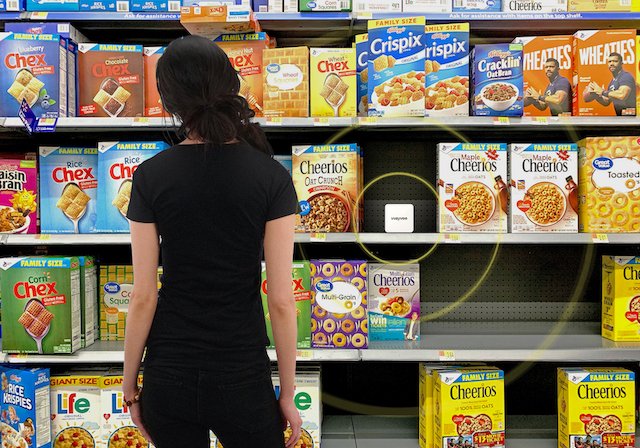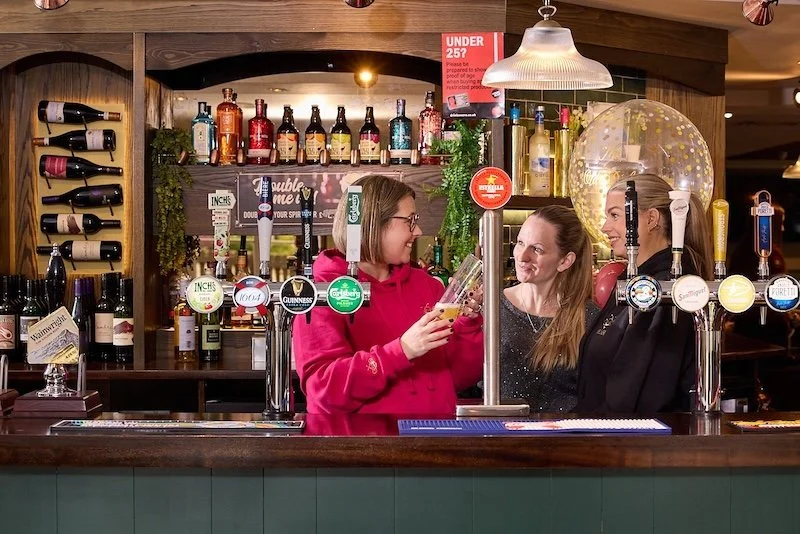Retail Technology Startup Stories interview: Alex Ovcharov, Co-Founder at Wayvee Analytics
RTIH gets the lowdown on Wayvee Analytics, which recently emerged from stealth with $5 million in pre-seed funding led by Tetrad.vc. By uniting radio frequency (RF) waves with proprietary AI algorithms, Wayvee’s technology anonymously analyses emotional responses based on physiological signals in real-time, evaluating customer satisfaction score and key performance metrics for retailers.
RTIH: Tell us about yourself and Wayvee Analytics
Alex Ovcharov: My expertise lies in research, product development, and customer behavior analytics, with a focus on combining neurobiology with AI. Before Wayvee, I was the Product Director at Shazam Eastern Europe, where I led the launch of its first AR campaign. I’ve also founded two companies specializing in emotion recognition.
At Wayvee Analytics, we take a different approach from others who rely on outdated, non-real-time or privacy-intrusive methods. We assess emotional responses in real time using radio waves and advanced machine learning - with no cameras involved.
This allows us to capture key signals like breathing, heart rate, and subtle movements, which help us interpret emotional responses directly linked to customer satisfaction. In addition to measuring C-SAT, we provide real-time insights into customer engagement, purchase intent, and potential sources of dissatisfaction, empowering retailers to make fast, data-driven decisions.
RTIH: What was the inspiration behind setting the company up?
AO: I have experience in emotion recognition through facial expressions, having co-founded a company called Sensemitter, analytics in gaming using cameras.
Over time, some of our clients showed interest in applying this technology in physical spaces, like retail. However, camera-based solutions present significant challenges - privacy concerns, high costs, and technical limitations.
That led me to think about finding a more privacy-respecting approach. In 2023, I came across MIT research where they used Wi-Fi-based devices to track movements by detecting body position changes through wireless signals. This got me thinking: we could tap into physiological signals like heart rate and breathing to assess emotional responses — all contained in radio waves. That’s how Wayvee started.
RTIH: What has been the industry reaction thus far?
AO: We entered the pilot stage this August, following an R&D phase that began in 2023, and we’ve received highly positive feedback from retailers so far. Currently, we’re piloting with retailers in Asia and India, though the specifics remain confidential for now. We’re planning to enter the US market at the beginning of next year.
From what we’ve observed, many retailers lack real-time insights that would allow them to make immediate in-store changes to improve the customer experience when issues arise. That’s where we come in - we’re here to change that!
RTIH: What has been your biggest challenge/setback?
AO: I believe the biggest challenge is being a pioneer and creating something entirely new. First, it takes time for clients to understand the technology, and secondly, even more time to adopt it.
When we explain how our solution works - using radio wave signals and machine learning algorithms instead of traditional methods like cameras or surveys - some clients find it hard to believe, asking how it could work as there are no such solutions on the market.
That’s why there’s a lot of process involved in establishing this new approach, which represents the future of analytics by providing anonymous real-time data. But we’re confident, as this is just the beginning of our exciting journey.
RTIH: What are the biggest challenges facing retailers right now?
AO: In my experience with in-store analytics, there’s often a frustrating gap between real-time sales transactions and customer feedback, which is typically collected through periodic surveys.
This delay can contribute to declines in C-SAT, as insights often arrive too late to enable proactive improvements. To truly elevate the customer experience, retailers need immediate access to data to make real-time adjustments, such as refining store layouts or reallocating staff to where they’re needed most.
Another major challenge is turning data from various sources into actionable insights. Many retailers receive data from different systems but struggle to unify it into clear, actionable insights. That’s why we go beyond standard C-SAT scores, providing retailers with deeper analytics into potential sources of dissatisfaction.
For example, with a recent partner in fashion, we noticed that streamlining the customer journey improved purchase rates. Surprisingly, sales assistants were unintentionally slowing the process. By suggesting less staff involvement during peak hours, we helped our partner achieve better sales. It’s always rewarding to see how small, data-informed adjustments can make such a big difference.
RTIH: What's the best question about your company or the market asked of you recently by a.) an investor and b.) a customer?
AO: One of the recent client questions I’ve had was about using Wayvee to analyse employee activity. They wanted to know if we could see changes in employees’ emotional states throughout the day to help manage workloads and reduce burnout - a big issue for them, especially in roles where employees are constantly interacting with customers.
It’s great to think about how Wayvee could support both customer and employee experiences, making this solution applicable in different scenarios.
RTIH: What can we expect to see from Wayvee during the remainder of 2024 and beyond?
AO: You’ll soon be hearing about how Wayvee is making strides with US. grocery retailers.
We’ll be sharing insights and data from our ongoing and upcoming pilot projects, which are revealing some exciting findings - like how Wayvee can effectively measure the impact of in-store media. There’s much more on the way!































Continue reading…